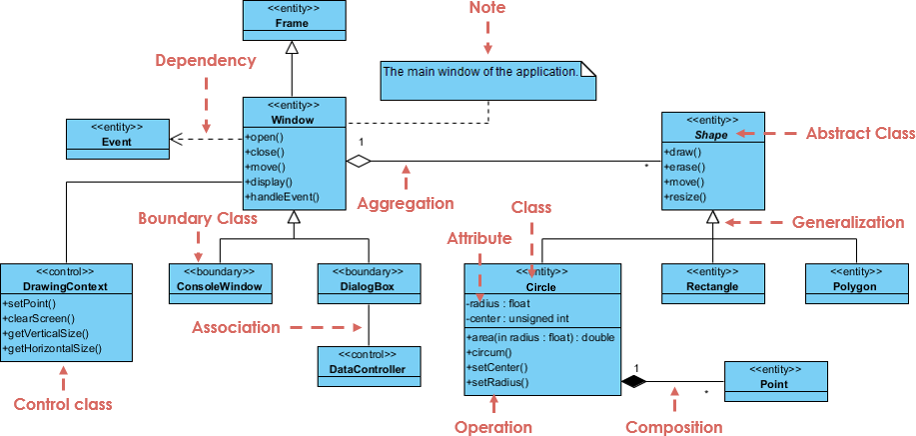Visual Paradigm: A Comprehensive UML Modeling Solution
In the dynamic world of software development, having a powerful and user-friendly UML modeling tool is crucial for designing, communicating, and documenting complex systems. Among the leading options in the market, Visual Paradigm stands out as a comprehensive and versatile solution that caters to the needs of professionals, students, and hobbyists alike.
Visual Paradigm is a robust UML modeling tool that offers a wide range of features to support the entire software development lifecycle. From creating UML diagrams to reverse engineering code, the tool provides a seamless and intuitive user experience. One of the standout features of Visual Paradigm is its support for the latest version of UML (2.6), ensuring that users have access to the most up-to-date modeling capabilities.

Visual Paradigm for UML 7 is the company’s flagship offering, providing a comprehensive suite of UML diagramming tools, including class diagrams, use case diagrams, sequence diagrams, and more. These diagrams serve as a visual blueprint for understanding and communicating complex software systems, making them invaluable for project planning, analysis, and documentation.
Beyond UML, Visual Paradigm also supports a range of other diagramming notations, such as BPMN, Data Flow Diagrams, and Organizational Charts. This versatility allows users to create a diverse set of diagrams to visualize and analyze various aspects of their projects, from business processes to system architecture.
One of the key advantages of Visual Paradigm is its user-friendly interface and intuitive tools. The software’s drag-and-drop functionality and rich set of formatting options make it easy for users to create professional-looking diagrams with minimal effort.
For those who prefer a free solution, Visual Paradigm offers the Community Edition, a feature-rich UML modeling tool that is available at no cost for non-commercial use. This edition includes support for all 13 UML 2.x diagrams, making it an excellent choice for students, hobbyists, and small teams.
The Visual Paradigm blog and online guides provide a wealth of resources for users to learn and master the tool’s capabilities. From comprehensive UML tutorials to practical examples, these resources ensure that users can quickly become proficient in UML modeling and leverage the full potential of Visual Paradigm.
In conclusion, Visual Paradigm is a powerful and versatile UML modeling tool that caters to the diverse needs of software professionals, students, and hobbyists. With its comprehensive feature set, user-friendly interface, and robust support resources, Visual Paradigm is an excellent choice for anyone looking to enhance their UML modeling and software design capabilities.

